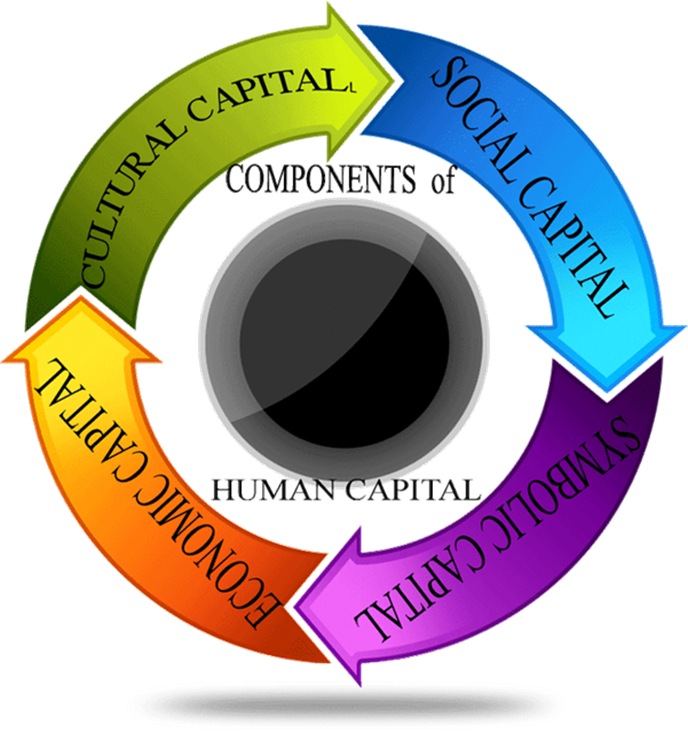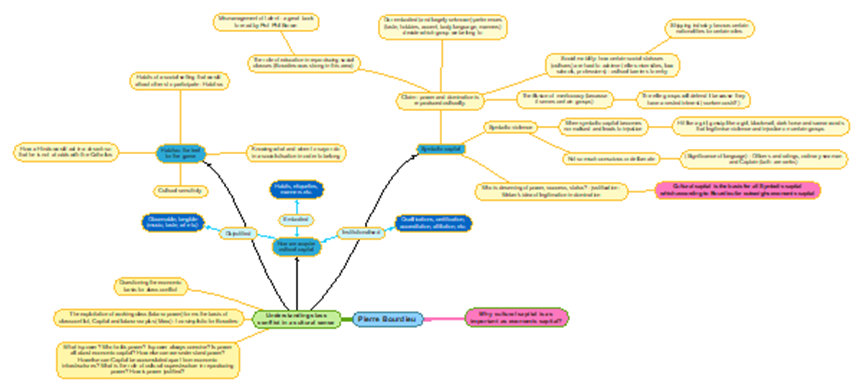Culture Silence in Safety – Cultural Capital
In one of our online learning groups we have been recently discussing the work of Pierre Bourdieu. Bourdieu is just one of many experts in culture that receive no mention in safety literature about culture. When you are happy with culture as ‘what we do around here’ you demonstrate very quickly that you have little cognizance of what culture is.
In this series on Cultural Silences in Safety, I have been seeking to demonstrate the problem not only with such a simplistic definition but also with its implications for practice. When one has such a simplistic definition of culture as ‘what we do around here’ one tends to make culture about behaviours, systems and measurables. Yet, culture is not measurable, qualitative and a wicked problem (https://cognexus.org/wpf/wickedproblems.pdf ). Here are the previous blogs in ‘Culture Silences’ series:
- https://safetyrisk.net/culture-silences-in-safety-memes/
- https://safetyrisk.net/culture-silences-in-safety-socialitie/
- https://safetyrisk.net/culture-silences-in-safety-linguistics/
- https://safetyrisk.net/culture-silences-in-safety-embodiment/
- https://safetyrisk.net/culture-silences-in-safety-holism/
- https://safetyrisk.net/culture-silences-in-safety-the-collective-unconscious/
- https://safetyrisk.net/culture-silences-in-safety-artefacts/
- https://safetyrisk.net/culture-silences-in-safety-symbolism/
- https://safetyrisk.net/culture-silences-in-safety-mythology/
These are just a start on the many aspects of culture that Safety is silent about. These silences are fostered by a mono-disciplinary delusion in engineering that imagines that other disciplines have nothing to say about risk and safety.
When one entertains a Transdisciplinary approach to risk, one finds that disciplines such as Anthropology, Sociology, Social Psychology, Semiotics, Philosophy, Ethics, Education, Learning and Religious Studies have a very different view of culture than Safety.
The SPoR online learning group that meets every Monday has been studying many of the researchers, experts and philosophers from these Disciplines (listed above) and what they can contribute to a holistic understanding of risk. For example, if one was undertaking studies in any of these Disciplines (listed above) and understanding of Bourdieu would be considered foundational.
Bourdieu was a French Sociologist, Philosopher and Educator (https://www.britannica.com/biography/Pierre-Bourdieu ) who developed such critical concepts such as Habitus and Human Capital to help understand how culture is reproduced and transmitted. His facts of Human Capital include:
- Cultural capital
- Social Capital
- Economic Capital and
- Symbolic Capital (see Figure 1. Components of Human Capital)
Figure 1. Components of Human Capital
When one understands culture in this way, one begins to see the many ethical, political, unconscious and Memetics ways that culture is reproduced and transmitted. This helps one understand that culture is about much more than behaviours and systems. Yet, grab any ‘safety culture survey’ on the market and this is what such surveys assume, that culture is about behaviours and systems.
With such a limited definition of culture as ‘what we do around here’ Safety seems content to maintain such mythology, to ensure that nothing changes. Indeed, many of the cultural memes projected in the culture of safety (https://safetyrisk.net/culture-silences-in-safety-memes/) help to maintain such ignorance. Safety is also good at validating this ignorance by dismissing anything outside of safety as ‘academic’. For example, silly mantras like ‘all accidents are preventable’, ‘safety is a choice you make’ and zero vision, all help maintain a dumb down safety culture that imagines the world and culture as simple, binary and controllable. Such is the mythology of compliance as a cultural attribute, that imagines any critical thinking of Safety to be deemed anti-safety.
There is no space in a blog to discuss fully the critical thinking of Bourdieu in understanding culture. I would suggest one starts by reading some of these:
- https://monoskop.org/images/e/e0/Pierre_Bourdieu_Distinction_A_Social_Critique_of_the_Judgement_of_Taste_1984.pdf
- https://www.researchgate.net/publication/335024564_Understanding_Bourdieu_-_Cultural_Capital_and_Habitus
- https://www.researchgate.net/publication/233607596_An_Introduction_to_Pierre_Bourdieu%27s_Key_Theoretical_Concepts
Even a quick read of any of these might help dispel simplistic ideas about habit that permeate the many myths that plague Safety. As an overview, I would suggest this concept Map produced for the SPoR group by Dr Nippin Anand (Figure 2. Overview of Pierre Bourdieu)
Figure 2. Overview of Pierre Bourdieu
This nice map helps to show how an understanding of Bourdieu (Human Capital and Habitus) should be foundational in tackling the challenges of culture. None of this is studied globally in any safety curriculum. For example, Habitus helps one understand how Safety replicates mythologies (eg. zero is possible, safety is a choice you make, academia is bad) to assert them as factually true, though they are not. The Habitus along with Social Reproduction (https://edu301s2011.files.wordpress.com/2011/02/cultural-reproduction-and-social-reproduction.pdf ) help explain why the many Memes of Safety perpetuate the validation of ignorance, which of course helps Safety to be unprofessional.
This all leads to a fundamental question. How can Safety hope to affect culture and risk when it omits so much essential understanding of culture? None of this receives any attention in the AIHS BoK on culture. Indeed, the risk and safety curriculum doesn’t have a focus on culture either, just as it is also silent on the essentials of communication, ethics and politics, considered foundational in any curricula of the professions.
This is why we started the video series on silences on culture in safety (vimeo.com/user/57711103/folder/10215280 ) to help compensate for the many essentials safety omits in its non-discussions about risk. These blogs too, hope to stimulate further study and learning for safety people as they seek to grapple with the many important challenges they face for which they have not been educated. There can be no education and learning without such criticism. Nothing is to be gained by blind positivity or the rejection of critical thinking from other disciplines.
As always, as in many blogs, criticism is complemented by constructive ways forwarded with links, resources, many freebies and downloads in order to further the maturing, learning and development of the industry. The absence of negatives is not a positive but rather a balance and holistic approach is essential for acting professionally.
Talking About Teams 3 from CLLR on Vimeo.





BRENT R CHARLTON says
The only time I’ve ever heard the term “human capital” before today it’s been referring to the humans in a system as if they were machines. That’s bothered me long before I ever heard of Rob Long and SPoR.
Rob Long says
Brent, just one of dozens of critical things Safety never talks about. Noisy about many things that are not important and silent about anything of significance. How professional.